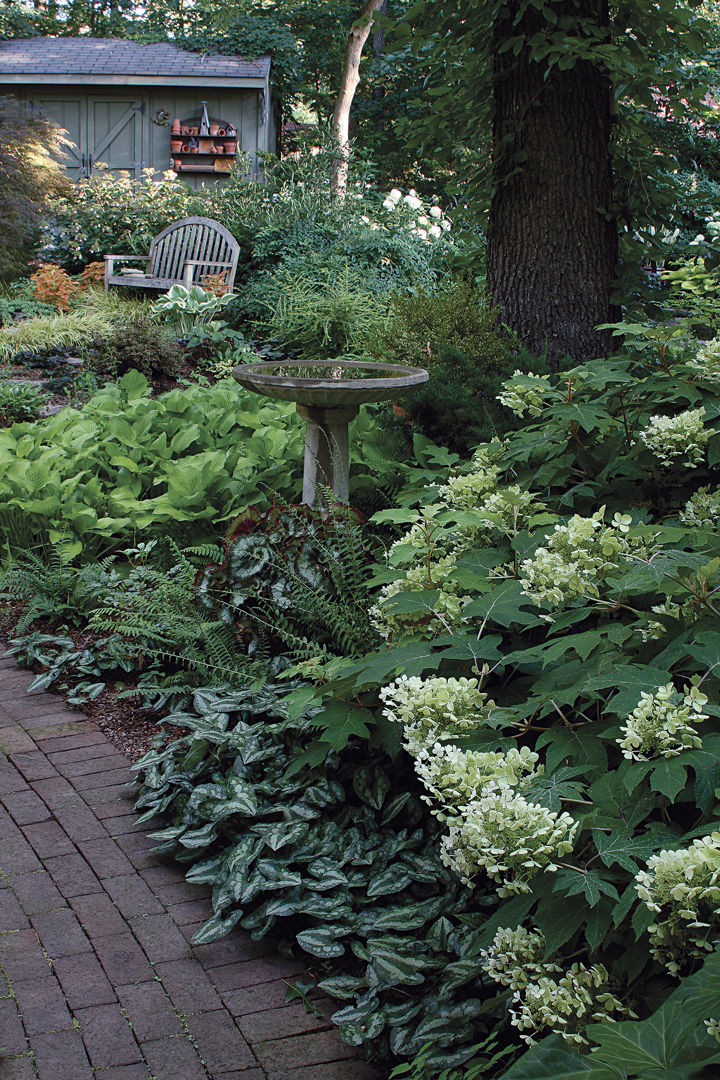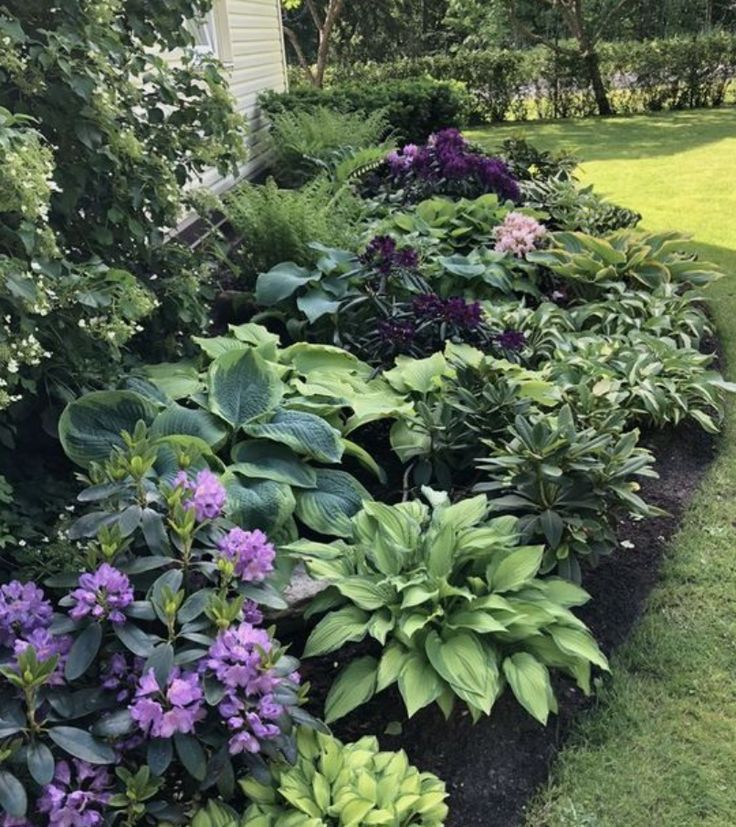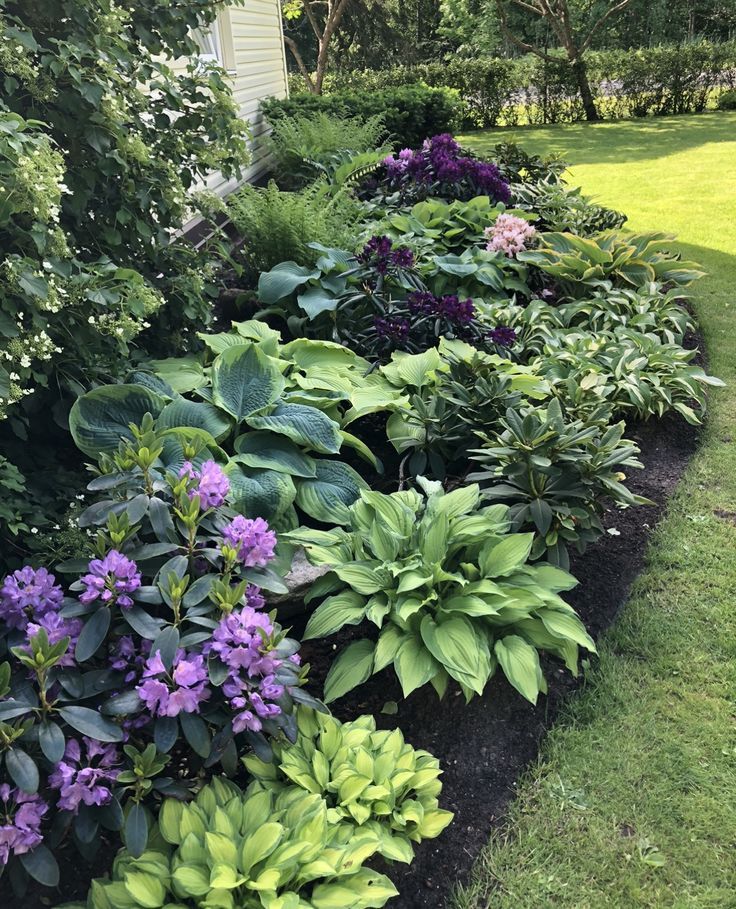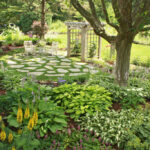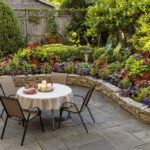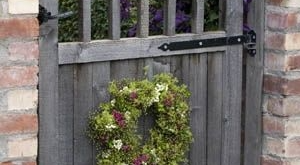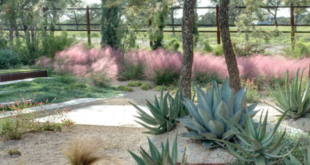Shade gardens offer a unique and tranquil oasis for homeowners looking to create a peaceful retreat in their outdoor space. Designing a shade garden requires careful consideration of the plants that thrive in low-light conditions and a well-thought-out layout to maximize the beauty and functionality of the space.
When planning a shade garden, it is important to take note of the amount of shade the area receives throughout the day. Some plants do well in dappled shade, while others prefer deep shade. Understanding the light conditions will help you choose the right plants that will thrive in your garden. Additionally, consider the soil type and drainage in the area to ensure that the plants will have the necessary nutrients to grow.
Incorporating a variety of textures and colors is key to creating an visually appealing shade garden. Mix different leaf shapes, sizes, and colors to add interest and depth to the space. Ferns, hostas, and heucheras are popular choices for shade gardens and offer a range of textures and colors to work with. Consider adding seasonal interest by including plants that bloom at different times throughout the year.
Utilizing hardscaping elements such as pathways, seating areas, and garden structures can help define and enhance the layout of a shade garden. Create winding paths to meander through the garden and place benches or chairs in secluded spots to encourage relaxation and contemplation. Incorporate trellises, arbors, or statues to add vertical interest and create focal points within the space.
To make the most of a shade garden, consider adding water features such as a small pond, fountain, or birdbath. These elements not only provide a soothing ambiance but also attract wildlife, such as birds and butterflies, to the garden. The sound of running water can help mask noise from nearby streets or neighbors, creating a peaceful and serene atmosphere.
Maintenance is key to keeping a shade garden looking its best year-round. Regularly prune and deadhead plants to encourage healthy growth and prevent overcrowding. Mulch regularly to retain moisture and suppress weeds. Keep an eye out for pests and diseases, and treat them promptly to prevent them from spreading to other plants. By staying on top of maintenance tasks, you can ensure that your shade garden remains a beautiful and inviting space for years to come.
 yishifashion Where Outdoor Dreams Become Reality
yishifashion Where Outdoor Dreams Become Reality
